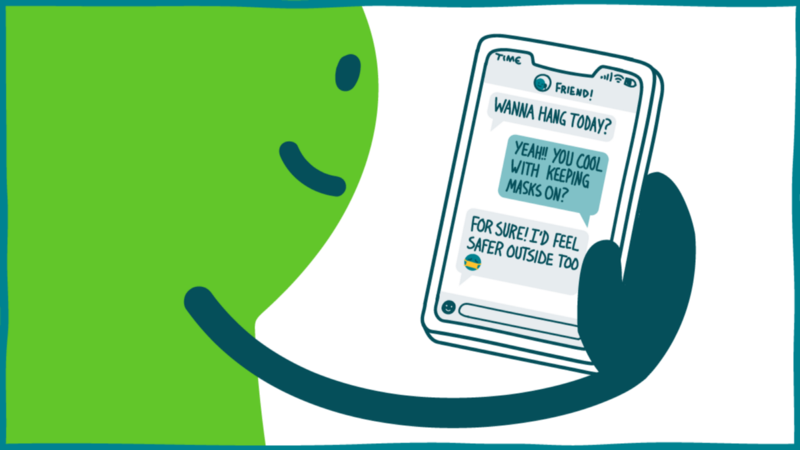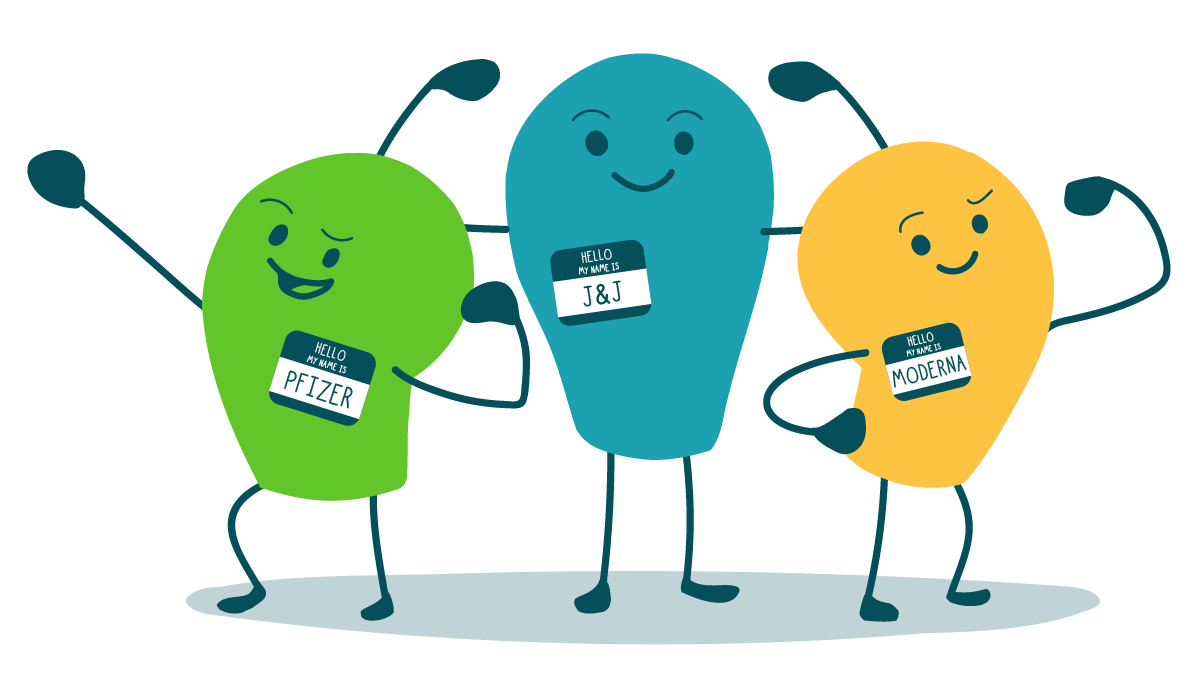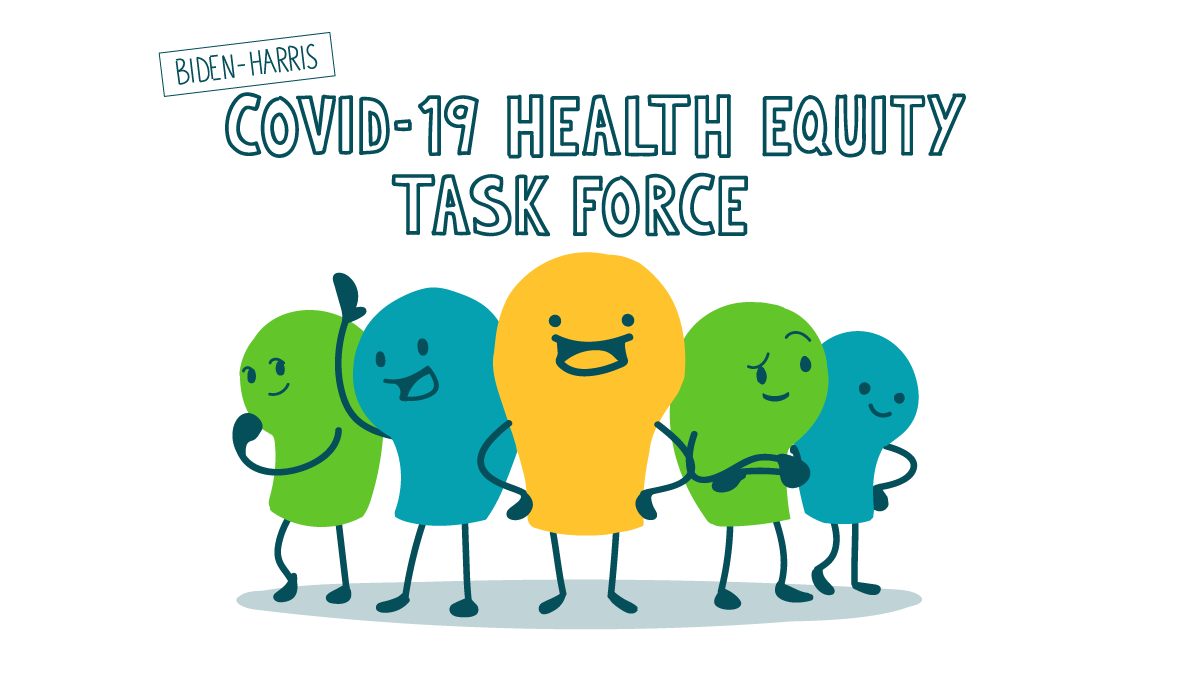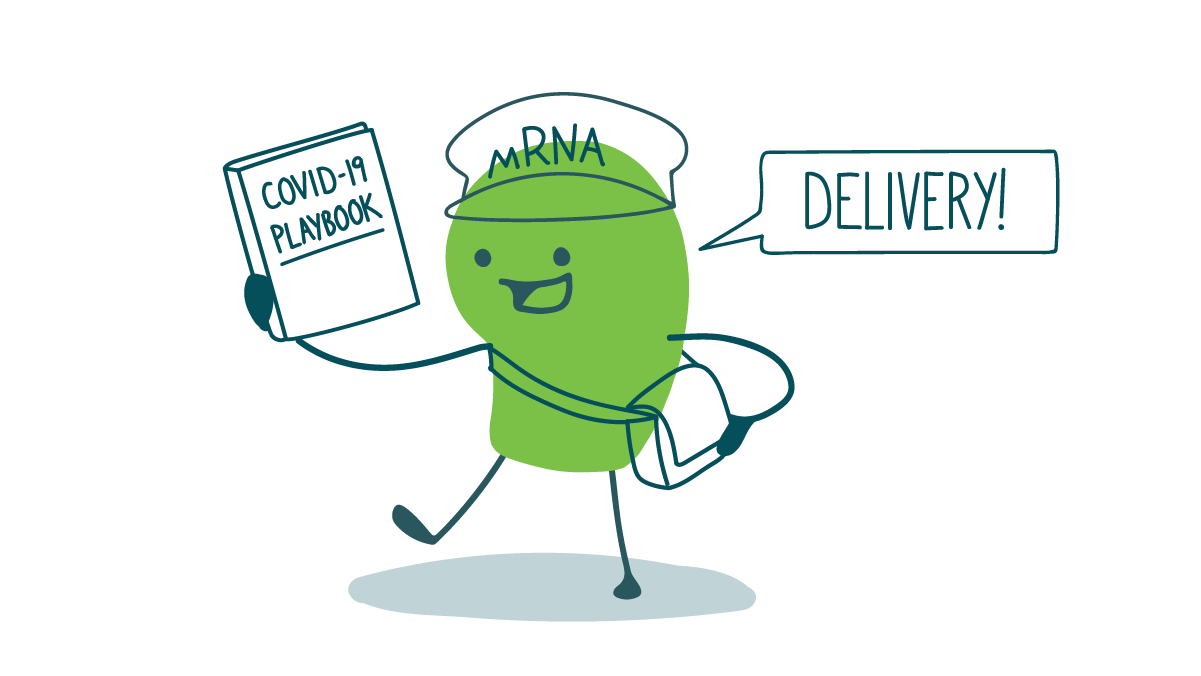
As health communicators, we know that harm reduction is key to preventing the spread of COVID-19. But helping people choose safer ways to socialize is only part of the equation — we also need to help people communicate with friends and family about these social choices.
And lucky for us, the public health toolbox has tips for this situation all ready to go! That’s because there’s a lot of overlap in communication strategies for safer socializing and safer sex. Let’s start with this one: both scenarios require open communication — and both work out a lot better if everyone gets on the same page before anyone’s in the heat of the moment. That’s why conversation tools can be so helpful in both situations.
So this week, we want to help you help your audiences have the talk. Share these tips and talking points for navigating tricky COVID chats:
- Start with questions. Try asking your friends how they’ve been socializing and what level of contact they’re comfortable with. That way, you can work together to set group boundaries — and take each person’s risk of COVID exposure into account. Try: “Have you been hanging out with friends outdoors? How would you feel about going on a masked hike together this weekend?”
- Use “I” (not “you”) statements. With these kinds of touchy topics, it’s best to avoid making people feel defensive. So instead of leading with assumptions or demands about the other person’s behavior (“You’d better put your mask back on as soon as you’re done eating”), frame it in terms of your own perspective and behavior (“I’ll feel safer if we all keep our masks on when we’re not eating or drinking”).
- Share why it matters to you. If others aren’t taking the risks as seriously as you are, try explaining why safety precautions are important to you. “This can be deadly, and I’m not willing to take unnecessary risks. So I’m only comfortable seeing you outdoors.”
- Be firm about your boundaries. It’s great to be as polite and friendly as possible when starting these conversations — but don’t compromise on your safety. If you can’t agree on reasonable safety rules, feel free to call off your plans and explain why: “It sounds like we have different comfort levels around socializing right now, so I’ll have to skip it. I just don’t feel safe spending time indoors with such a large group.”
And remember, even if these tips seem obvious, all this social distancing has really eroded our social skills. So concrete talking points can go a long way.
The bottom line: Take a page from the safer sex communication playbook to help your audiences navigate social situations during COVID-19.
Browse recent posts


